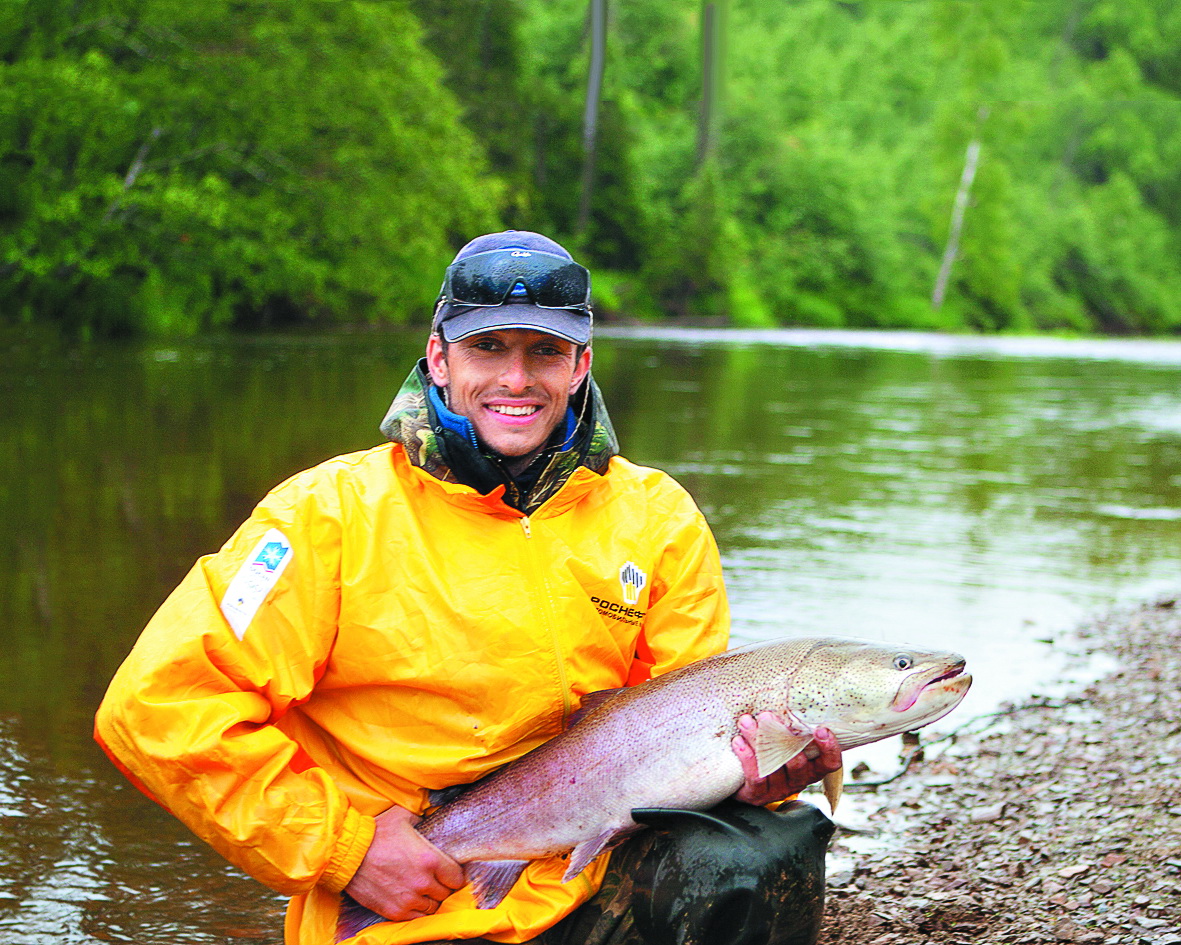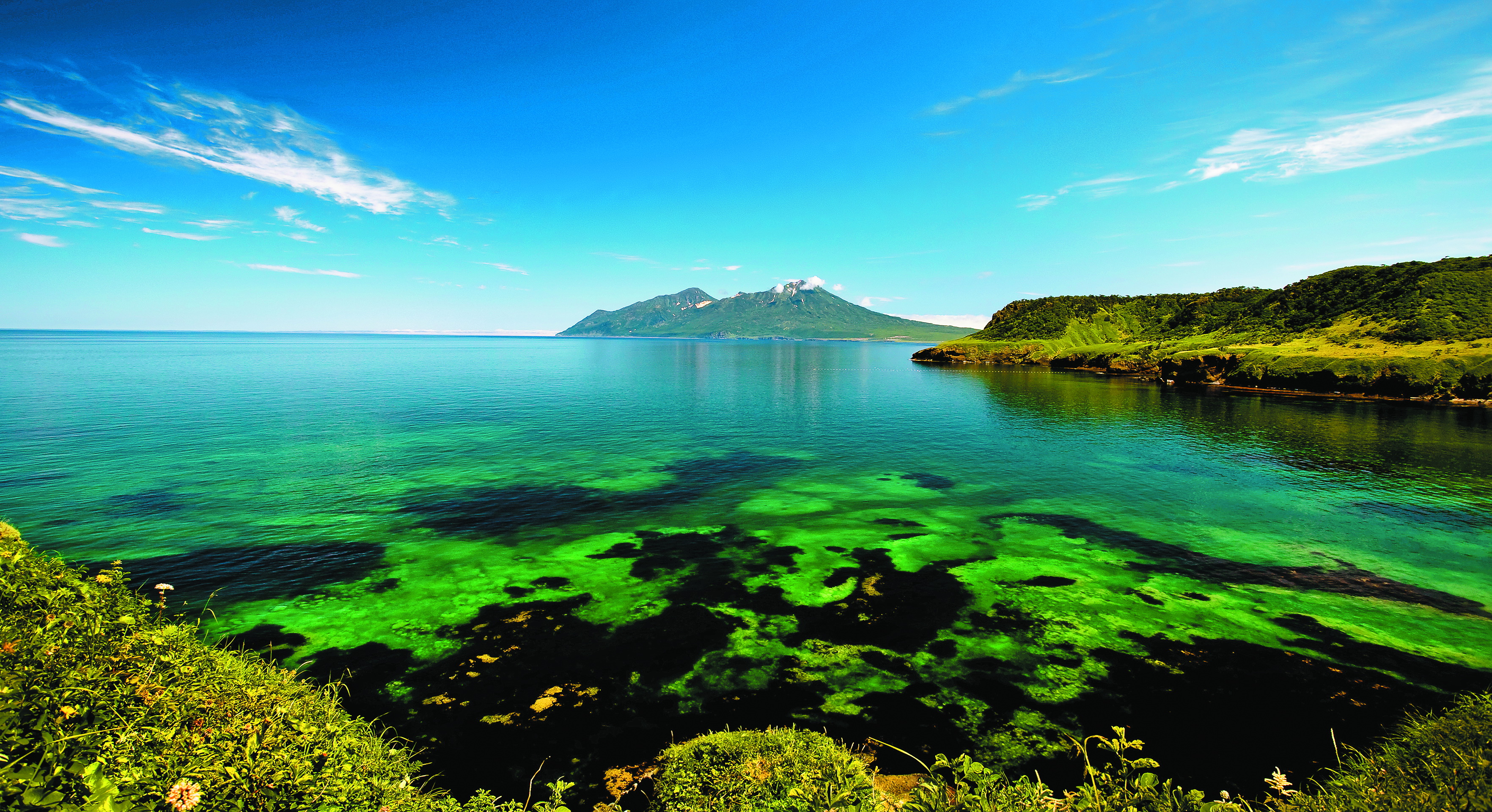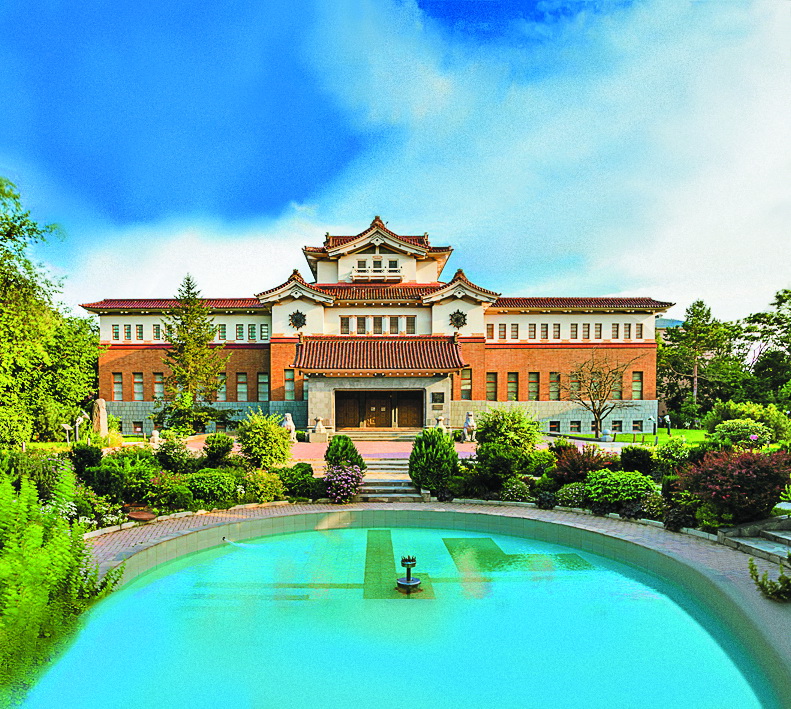Zhdanko Mountain Range: a setting suitable for filming a sequel to the Lord of the Rings.
In the Sakhalin region, the cultures of West and East, Russia, Japan and Korea come together. Southern Sakhalin was a part of the Japanese Empire for 40 years, and a large diaspora of Sakhalin Koreans still lives in the southern part of the island, carefully preserving its customs and traditions. This Eastern heritage can be traced in the architecture of the towns, in culinary traditions and in everyday life.
Тext: Elizaveta Fedorchenko


Eleven reasons to visit Sakhalin
1- Island Exotica
Sakhalin is the only region of Russia that consists entirely of islands. There are 59 islands in the region, including Sakhalin, Moneron, Ush Island, Kamen Opasnosti, Tuleniy, and the Kuril Islands.

2- Oriental Flavor
The Southern part of Sakhalin was part of Japan from 1905 to 1945. Japanese heritage can still be seen in the architecture, culture and people’s daily lives.
3- Regional Ethnography Museum
This Sakhalin museum is considered one of the most interesting in Russia both for its exhibitions and its architecture. It is housed in the building of the Karafuto Prefecture, built in 1937 during Japanese imperial rule.

4- Astonishing nature
The Sakhalin Region has a great number of amazing places: some easy to access and others that are completely isolated from civilization.

5- Excellent fishing
You can enjoy both river and sea fishing in Sakhalin. More than that, you can learn about crab and sea urchin fishing, and give ice fishing a try. During the winter season, fishermen prefer to go out to sea for wolffish and saffron cod. In early summer, the catch is white-spotted char and masu salmon. In July, humpback salmon, and in the north of the island, in the bays and the sea close to river estuaries, you can catch and release endangered taimen. The fishing season continues until mid-November.
6– Seafood delicacies
Red caviar (“five-minute caviar”), crab, shrimp, oysters, sea urchin, various red fish, smelts and much more will delight any foodie!

7- Diverse cuisine
For historic reasons, Japanese and Korean cuisine are very popular in Sakhalin. Restaurants serving Japanese and Korean food can be found on practically every corner. You can’t leave Sakhalin without tasting pyanse, traditional bibimbab or hemultan, as well as Korean salads made with fern and burdock, and the freshest sashimi and sushi.
8- Cinema for everyone
Each year in late August and early September, the International Krai Sveta Film Festival takes place in Yuzhno-Sakhalinsk. The festival draws film fans and industry professionals from all over the world. The screenings are free, and professionals offer master classes and workshops during the festival.
9- The mysterious Kurils
This region offers what millions of people dream about: to visit the islands of inspiration and wonderful nature.

10- Gornyi Vozdukh resort
The largest ski resort in the Russian Far East, Gornyi Vozdukh, is located in the very center of Yuzhno-Sakhalinsk. Here there are 16 ski trails 25 kilometers long, gondola and chair lifts, two chair and T-bar lifts, and four world-class ski zones. The middle and upper areas of the Gornyi Vozdukh resort are excellent observation points, from which you can see the region’s capital spread out before you.
11- Aniva Lighthouse
While on a boat trip along the west coast of Tonino Aniva Peninsula, you can see and visit this historical monument and miracle of engineering.
It was built in 1939, on the small Sivuchya Cliff, near the rocky, hard-to-reach Aniva Cape. It was extremely difficult to build the lighthouse here because all the materials had to be brought in by boat under rough sea conditions. The project’s designer was a Japanese engineer, Miura Sinobu, a graduate of the technical college in Kanagava. The tower is 31 meters high, and the light is at 40 meters above sea level. The tower had nine floors. The basement housed a diesel engine and accumulator room. A kitchen and a storeroom occupied the first floor and an extension to the main building; on the second floor were a radio cabin, the watchman’s living quarters and an operator’s room. The tower’s third, fourth and fifth floors had rooms with enough living space for 12 people. In the central part of the tower was a tube encasing a pendulum — 270 kg weight — which was wound every three hours to make the optical system move. The range of the lighthouse was 17.5 miles. In the 1990s, the lighthouse was powered by an autonomous isotope generator. Today, it works on a simple accumulator charged by solar batteries.
TLR


